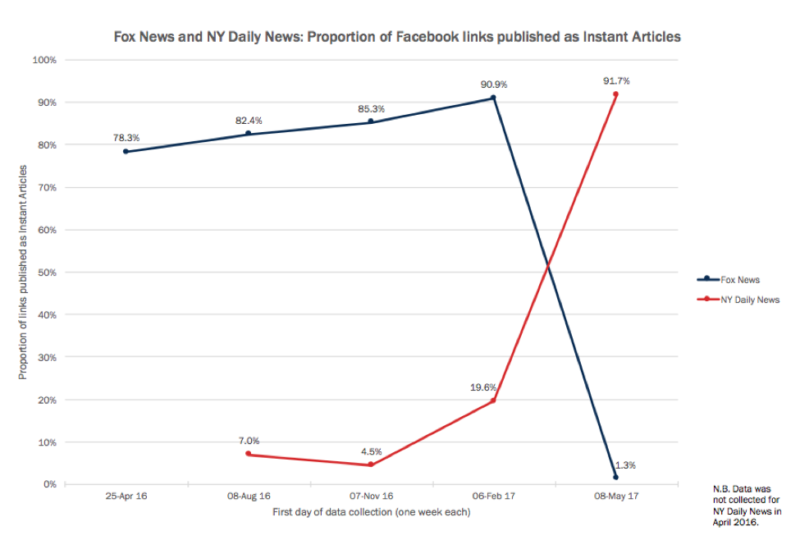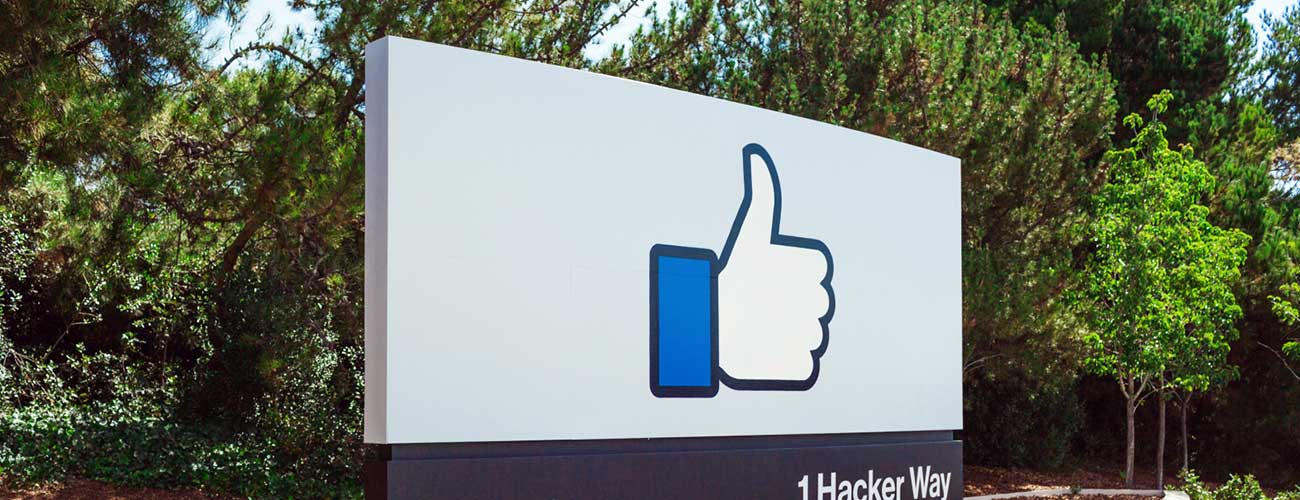The New York Daily News has recently gone all in on Facebook Instant. After eschewing the format for months, it now posts 92 percent of its links on Facebook as Instant Articles, according to research from the Tow Center for Digital Journalism.
The Daily News move comes as major publishers such as The New York Times, The Guardian, Hearst, and now Fox News have withdrawn almost completely from Facebook’s proprietary publishing format, raising doubts about its viability.
The Daily News’ move towards Instant Articles actually began with an invitation to join the beta of a rival product, Google Accelerated Mobile Pages, a format that allows publishers to create fast-loading, mobile-friendly articles. “We were super interested in figuring out: what was the impact of making faster mobile websites?” said Grant Whitmore, executive vice president of digital at the Daily News.
A fast load time has always been the draw of Instant, which promises reduced abandonment, increased retention, and higher engagement on articles. But the disadvantages of Instant have outweighed the good for many publishers.
Two years since the product’s launch, Instant Articles has been criticized for underwhelming monetization, the absence of robust subscription options, an inability for publishers to directly connect to their readers, the limited amount of user data returned by Facebook, and the lack of autonomy provided to publishers over their ad space. One publishing executive described them as “a public flop.”
But the Daily News still sees potential in courting a mobile audience. This represents a considerable shift in strategy in the past few months. The Daily News has always posted a high volume of articles on Facebook compared to other publishers—typically almost 100 per day. But the paper barely used Instant Articles; the strategy was all about driving back to nydailynews.com.
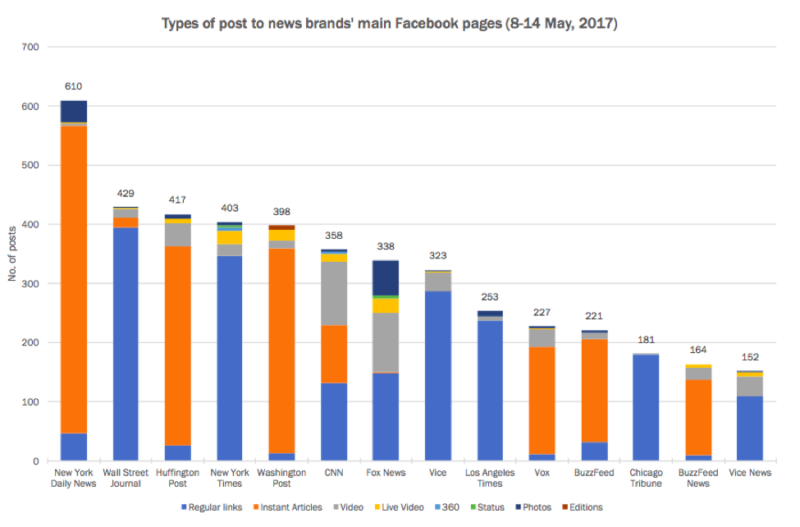
The Daily News’ transition to Instant Articles has been gradual. Data collected in August and November last year showed that only a tiny proportion of the Daily News’ Facebook links were being published as Instant Articles (7 percent and 5 percent, respectively). In February 2017, that figure jumped to 20 percent. By the time of the most recent analysis, conducted in early May, it was at 92 percent. Over the course of six months, the Daily News had gone from being almost entirely out to all in.
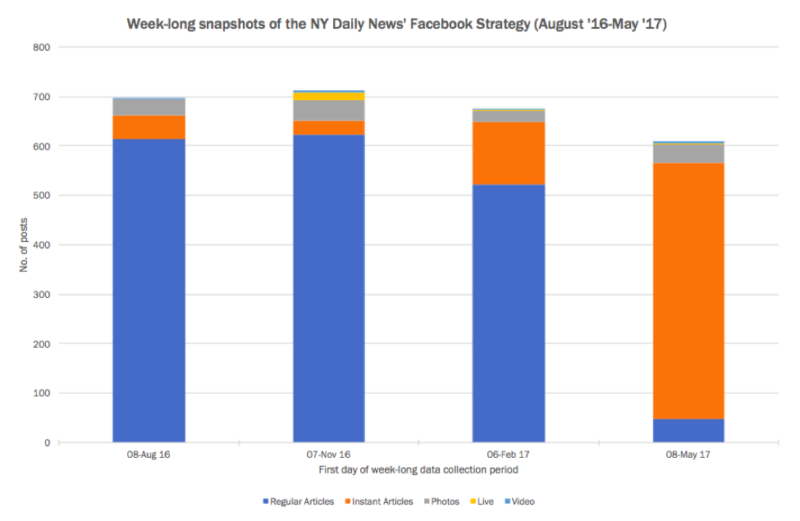
This reflects a period of caution and experimentation, according to Whitmore. “We wanted to make sure that we weren’t going to cannibalize the traffic that we were otherwise seeing … and to test the monetization capabilities that our content would be capable of generating inside of Instant,” he said.
Encouraged by the early results, Whitmore said they “slowly opened up the pipes” to Instant Articles, progressively making more categories of content available via Facebook’s native format.
While there are drawbacks to going all in on Instant Articles—most notably that they do not generate as much revenue as articles hosted on the Daily News’ own website—Whitmore believes the decision has proved worthwhile.
With Instant, publishers have the option of selling the ads themselves and keep the entirety of the revenue generated. The New York Daily News has opted instead to turn over ad sales to Facebook for a cut. While this arrangement isn’t ideal for every publisher, Whitmore is adamant that the Daily News’ business model is suited to it: “We are very, very comfortable with automated revenue models.”
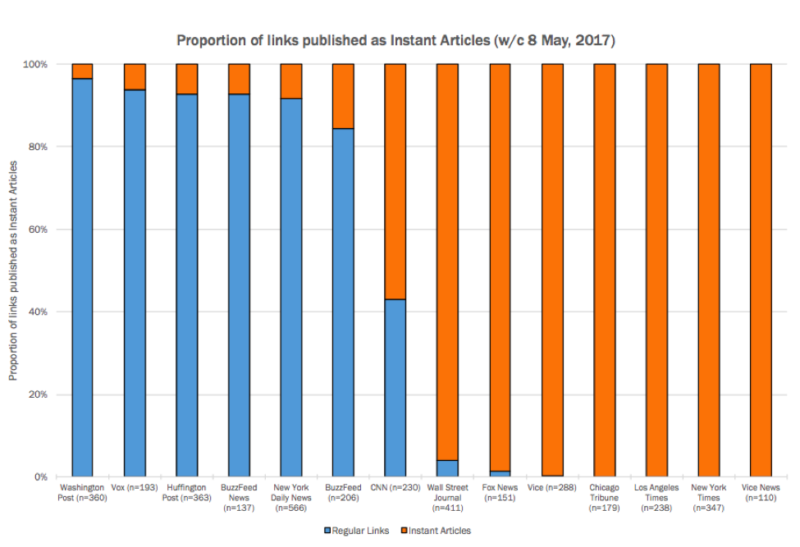
Meanwhile, many publishers continue to use Instant: namely, the digital natives—BuzzFeed, Huffington Post, and Vox—and The Washington Post, whose director of emerging news products announced in January the Post was “excited to partner deeply” on Instant Articles. Other publishers—The Wall Street Journal, the Chicago Tribune, and Los Angeles Times—continue to shun the format, as has digital native Vice. The only outlet to straddle any kind of middle-ground is CNN, which has consistently used Instant Articles, but tend to direct a higher proportion of links back to their website.
The other major recent shift was at Fox News, which appears to be the latest in a long line of high-profile publishers to abandon Instant Articles. As recently as February, 91 percent of the links posted to Fox News’ main Facebook page were published as Instant Articles. However, in the latest round of analysis, during the week beginning May 8, just two of the 151 links posted to Fox News’ main Facebook page (1 percent) were Instant Articles—and both were link to Fox Business stories rather than Fox News ones. Fox News didn’t respond to requests for comment.
